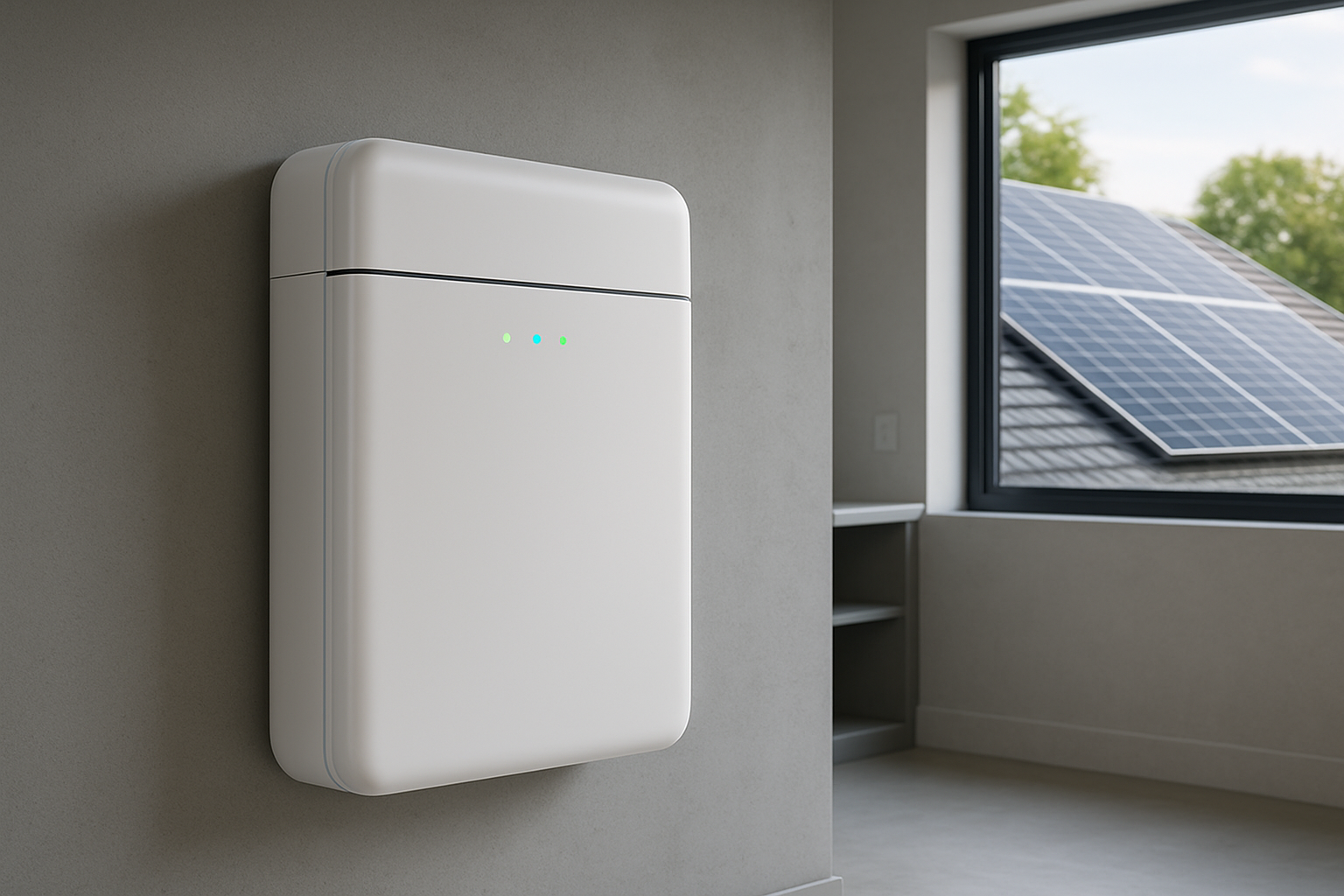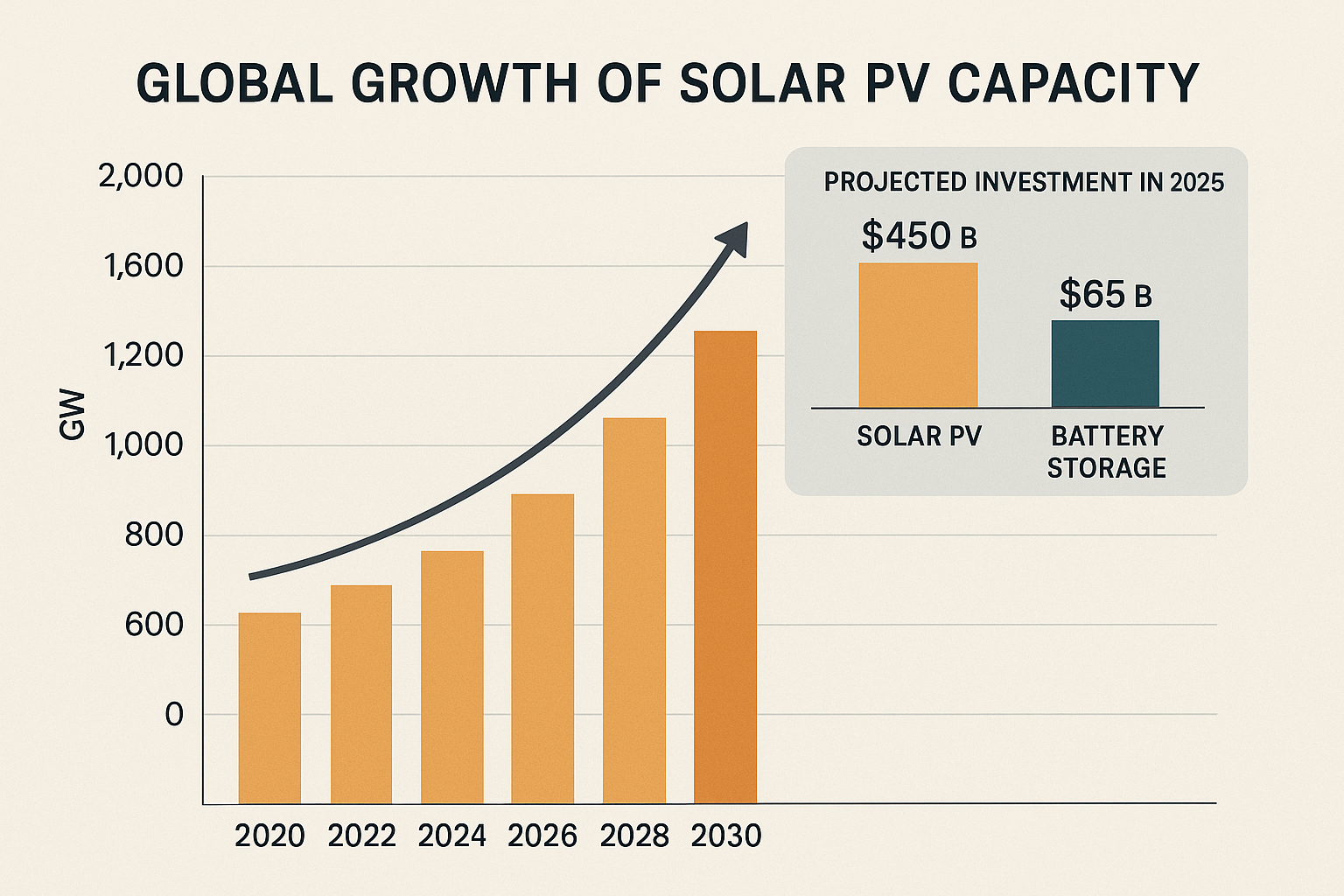Achieving energy independence is a goal for many property owners. An off-grid solar system provides exactly that, disconnecting you from traditional utility grids. At the heart of a reliable off-grid setup lies robust energy storage. Among the various options, Lithium Iron Phosphate (LiFePO4) batteries stand out as a premier choice for their performance and longevity. Understanding the financial implications, particularly the payback period, is crucial when considering such a significant investment.
Building Your Energy Independent System
An effective off-grid solar solution integrates several key components, each playing a vital role in generating, storing, and delivering power to your home, farm, or cabin.
Solar Panels: Your Power Source
Solar panels are the foundation of your off-grid system. They capture sunlight and convert it into direct current (DC) electricity. The size and efficiency of your solar array directly influence the amount of energy you can generate daily, which in turn impacts your system's overall performance and economic viability.
LiFePO4 Batteries: The Core of Reliable Storage
Batteries store the solar energy captured during daylight hours for use when the sun is not shining. LiFePO4 batteries are a leading choice for off-grid applications due to their high performance, safety, and reliability. They offer an extended lifespan, require minimal maintenance, and provide high energy efficiency, which translates into a lower total cost of ownership over time.

Inverters and Charge Controllers: Managing Your Power
Hybrid inverters are critical for converting the DC electricity from your solar panels and batteries into usable alternating current (AC) for your appliances. They also manage the flow of power, ensuring your batteries charge efficiently and your home receives stable electricity. Charge controllers optimize the charging process, protecting your batteries from overcharging and extending their life.
The Financial Landscape of Off-Grid Energy
Investing in an off-grid solar system involves an initial outlay, but the long-term financial benefits can be substantial. Understanding the economics goes beyond the upfront price.
Initial Investment Considerations
The primary costs include solar panels, LiFePO4 batteries, inverters, and the installation itself. While the initial investment for LiFePO4 batteries can be higher compared to older battery chemistries, their long-term savings often outweigh this.
Beyond the Price Tag: Lifetime Value
When evaluating energy storage solutions, consider the total cost of ownership (TCO). This metric encompasses not only the purchase price but also operational expenses, maintenance, and the cost of replacements over the system's lifetime. LiFePO4 batteries generally have a much lower TCO due to their durability and efficiency.
Understanding the Levelised Cost of Storage (LCOS)
The Levelised Cost of Storage (LCOS) provides a comprehensive way to compare the true cost of owning and operating various energy storage assets. It represents the average price a unit of energy output would need to be sold at to cover all project costs over its lifetime, including capital expenditures, operational expenses, and financing. Estimating LCOS for stand-alone projects can be complex, as it depends on the operational profile, response to price signals, and performance of various functions like energy arbitrage. Nevertheless, the cost of battery energy storage systems (BESS) has seen a dramatic decline, dropping by 93% from 2010 to 2024, reaching approximately $192 per kWh for utility-scale systems.
Calculating Your Payback Period
The payback period is the time it takes for your energy savings to equal your initial investment in the off-grid system. Calculating this helps you assess the financial viability of your project.
Key Factors for Estimation
Several variables influence your system's payback period:
- System Size and Upfront Cost: The total expenditure for all components and installation.
- Your Avoided Electricity Expenses: For off-grid systems, this is the amount you would have paid to a utility company if you were connected to the grid.
- Energy Consumption Patterns: How much energy you use daily and when you use it.
- System Efficiency: The efficiency of your components, particularly the battery's round-trip efficiency, which is typically around 90% for LiFePO4 batteries.
- Maintenance Savings: The reduced costs associated with minimal battery upkeep.
- Government Incentives: While less common for purely off-grid, some regional incentives might apply and can significantly shorten the payback period.
A Practical Calculation Method
A straightforward way to estimate your payback period is to divide your total system cost by your annual savings:
Payback Period (Years) = Total System Cost / Annual Savings
For example, if your off-grid system costs $20,000 and your avoided annual electricity expense is $2,000, your payback period would be 10 years. In areas with higher electricity rates, this period can be significantly shorter.
LiFePO4's Impact on Payback
LiFePO4 batteries contribute to a more predictable and often shorter payback period due to their inherent advantages:
- Longer Cycle Life: LiFePO4 batteries offer significantly more charge-discharge cycles (3,000 to 10,000+) compared to lead-acid batteries (300 to 1,200 cycles). This reduces the frequency of battery replacements.
- Deeper Discharge Capability: You can safely discharge LiFePO4 batteries up to 100% of their capacity without harming their lifespan, maximizing usable energy.
- Minimal Degradation: Their stable chemistry means less performance degradation over time, ensuring consistent savings.
- Reduced Maintenance: Unlike lead-acid batteries that require regular watering and equalization charges, LiFePO4 batteries are sealed and maintenance-free. This saves time and additional costs.
Maximizing Value and Resilience
Beyond financial payback, off-grid solar systems with LiFePO4 storage offer substantial value in terms of energy optimization and resilience.
Optimizing Energy Use
Intelligent energy management plays a crucial role. Integrating smart appliances and software can help sculpt your electricity consumption profile, ensuring you use power most efficiently. This optimization maximizes the benefit from your solar generation and battery storage.
Enhanced Self-Consumption
Battery storage significantly increases the amount of solar energy you can use directly, rather than needing to curtail excess generation. This ability to shift produced energy effectively boosts self-consumption and minimizes energy waste.
Uninterrupted Power and Resilience
The value of an off-grid system extends beyond economics. It provides unparalleled energy reliability, especially during grid outages. Small-scale solar coupled with storage can power critical building loads, enhancing community resilience. Distributed generation combined with local energy storage ensures power generation near customers, even if the centralized system experiences disruptions.
Here is a comparison of LiFePO4 batteries with traditional lead-acid options, highlighting their impact on long-term value:
| Feature | LiFePO4 Battery | Lead-Acid Battery (Typical) |
|---|---|---|
| Cycle Life | 3,000 - 10,000+ cycles | 300 - 1,200 cycles |
| Usable Capacity (DoD) | Up to 100% | Typically 50% for longevity |
| Efficiency (Round-Trip) | ~90% or higher | 70-85% |
| Maintenance | Minimal to none | Regular (e.g., watering, equalization) |
| Lifespan | 10-15+ years | 2-5 years (often requiring multiple replacements) |
| Initial Cost | Higher | Lower |
| Total Cost of Ownership (TCO) | Lower over lifetime | Higher due to replacements, maintenance, inefficiency |
Your Path to Energy Freedom
Embracing an off-grid solar system with LiFePO4 storage represents a strategic investment in your future. You gain not only significant financial savings by eliminating electricity bills but also the invaluable benefit of reliable power and true energy independence. With years of experience in the solar and energy storage industry, our focus on lithium battery manufacturing and integrated ESS development provides reliable and scalable energy solutions. We invite you to consider a tailored off-grid solar solution to achieve complete energy freedom.





Leave a comment
All comments are moderated before being published.
This site is protected by hCaptcha and the hCaptcha Privacy Policy and Terms of Service apply.